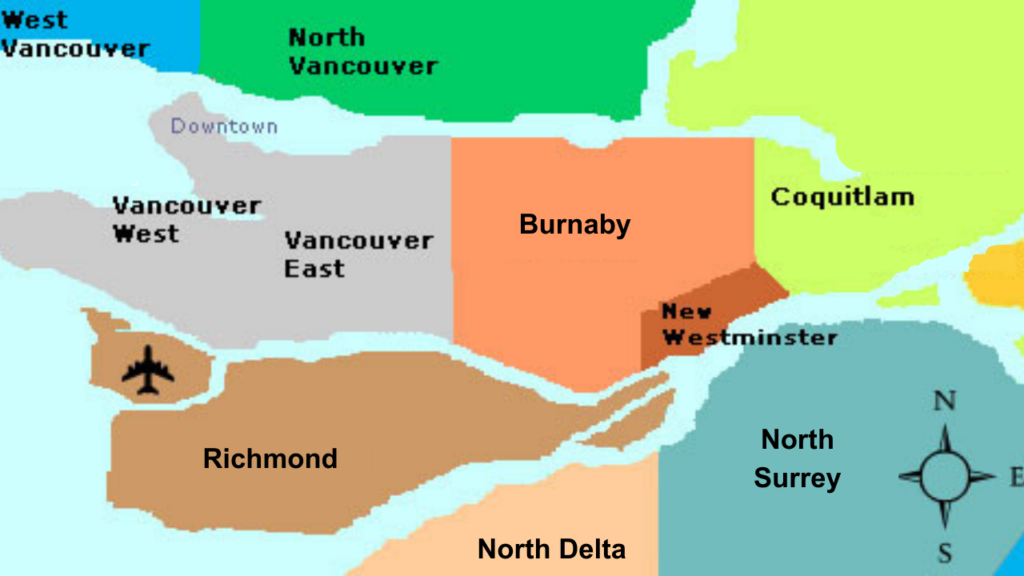In the ever-evolving landscape of dental health and musculoskeletal wellness, the fascinating correlation between temporomandibular disorders (TMD), body posture, and headaches has garnered attention. This interconnection, once deemed unrelated, has sparked a wave of exploration, shedding light on their intricate relationship and potential implications for holistic healthcare practices.
Revealing the Unseen Links:
Researchers, notably Minervini and colleagues, conducted a systematic review that suggested a potential correlation between TMD and body posture. Their findings hint at neural pathways regulating both body posture and the alignment of the jaw, proposing a deeper connection between these seemingly disparate factors. While promising, these associations demand further robust clinical studies to solidify and comprehend these intricate relationships (1).
Clinical Ramifications and Their Importance:
The speculated association between TMD and posture holds immense significance for clinical dentistry and musculoskeletal care. If validated through ongoing research, this link could significantly impact diagnostic methods and treatment strategies for individuals grappling with TMD-related issues. Understanding how body posture and TMD intersect might revolutionize therapeutic approaches, emphasizing holistic methods to elevate patient care (2).
Insights into Headache Physiology and Cervical Structures:
Exploration of the trigeminocervical complex has unearthed fundamental mechanisms in headache physiology, emphasizing the convergence of nociceptive afferents and sensitization of trigeminocervical neurons. This sheds light on the influence of upper cervical spine structures in the generation and contribution to migraine headaches, offering crucial insights into the pathways that facilitate the referral of painful sensations between the neck and head (3, 4).
Deciphering Cervicogenic Headaches and Diagnostic Strategies:
Cervicogenic headaches, typified by chronic hemicranial pain referred from neck structures, underscore the convergence of upper cervical and trigeminal sensory pathways. Distinguishing these headaches from primary headache disorders presents challenges, necessitating precise diagnostic criteria and a multidisciplinary approach for effective pain management (5).
Charting the Course for Future Exploration:
The evolving understanding of the interplay between TMD, body posture, and headaches marks an intriguing intersection within oral health and musculoskeletal well-being. Ongoing research remains pivotal to solidify and comprehensively understand these intricate relationships, promising advancements in patient care and the management of TMD-related conditions (6).
At Provectus Plus Physiotherapy, this evolving landscape of research sparks enthusiasm for collaborative exploration. Validating the interplay between TMD, body posture, and headaches holds promise for refining clinical practices, ultimately advancing patient care and the management of TMD-related conditions.
References:
- Minervini, Giuseppe et al. “Correlation between Temporomandibular Disorders (TMD) and Posture Evaluated trough the Diagnostic Criteria for Temporomandibular Disorders (DC/TMD): A Systematic Review with Meta-Analysis.” Journal of clinical medicine vol. 12,7 2652. 2 Apr. 2023, doi:10.3390/jcm12072652
- Manfredini, D et al. “Dental occlusion, body posture and temporomandibular disorders: where we are now and where we are heading for.” Journal of oral rehabilitation vol. 39,6 (2012): 463-71. doi:10.1111/j.1365-2842.2012.02291.x
- Bartsch, T, and Peter J Goadsby. “The trigeminocervical complex and migraine: current concepts and synthesis.” Current pain and headache reports vol. 7,5 (2003): 371-6. doi:10.1007/s11916-003-0036-y
- Busch, V et al. “Der trigeminozervikale Komplex. Integration peripherer und zentraler Mechanismen in primären Kopfschmerzsyndromen” [The trigemino-cervical complex. Integration of peripheral and central pain mechanisms in primary headache syndromes]. Schmerz (Berlin, Germany) vol. 18,5 (2004): 404-10. doi:10.1007/s00482-004-0347-x
- Biondi, David M. “Cervicogenic headache: a review of diagnostic and treatment strategies.” The Journal of the American Osteopathic Association vol. 105,4 Suppl 2 (2005): 16S-22S.
- Walczyńska-Dragon, Karolina et al. “Correlation between TMD and cervical spine pain and mobility: is the whole body balance TMJ related?.” BioMed research international vol. 2014 (2014): 582414. doi:10.1155/2014/582414








